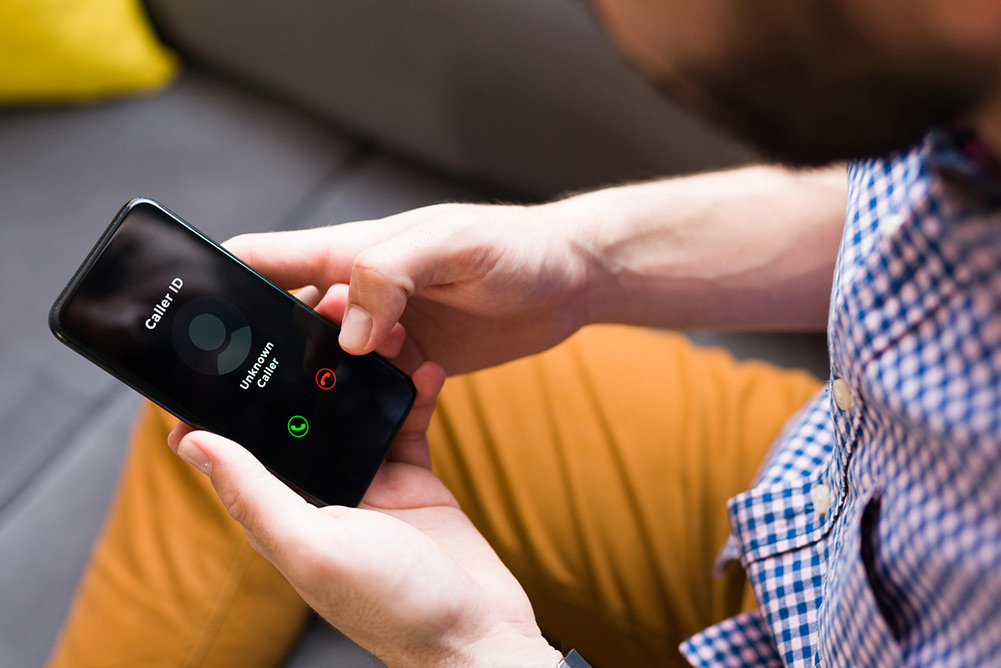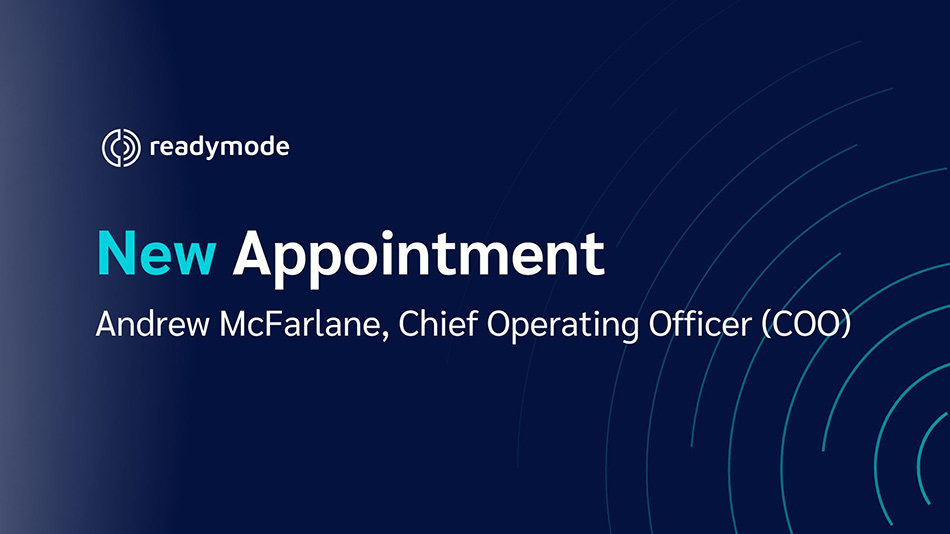Thousands of businesses use Readymode’s dialing solutions to connect faster, boost contact rates, and close more deals, achieving faster ROI with every call.
Power and predictive dialers are well-established tools in outbound sales, but lately, “parallel dialer” has emerged as a newer term gaining attention.
So, what exactly is parallel dialing, and how does it differ from what’s already available?
In this guide, we’ll break down the differences between power, predictive, and parallel dialers, explain when to use each one, and show you how Readymode covers all these modes (plus more).
Let’s dive in.
TL;DR: Parallel vs. Power vs. Predictive Dialers: What’s the Difference?
A quick overview of the article before we dive deeper.
Dialers automate outbound calling to save time, improve agent efficiency, and boost connection rates. Here’s how each dialer type works and who they’re best for:
- Parallel dialers dial multiple numbers per agent simultaneously (typically 3–5 lines). The system connects the first live answer and drops the rest, maximizing connect rates for cold calling, list penetration, or time-sensitive campaigns. It’s fast but requires good pacing to avoid dropped calls.
- Power dialers dial one number at a time for each available agent. Once a call ends, the next number is automatically dialed. This method offers control and pacing, ideal for small teams or high-value sales conversations in real estate, B2B, or financial services.
- Predictive dialers use algorithms to forecast agent availability and automatically dial numbers ahead of time, making them ideal for efficient, high-volume outreach. While commonly used in BPOs and call centers, they’re just as valuable for sales teams, lead generation, and marketing agencies looking to maximize live conversations.
Readymode supports all these modes, including preview, power, progressive (for parallel-style dialing), and predictive dialing—all in one platform.
With advanced tools like caller ID reputation monitoring, fully integrated CRM, and built-in compliance, Readymode helps sales teams of any size scale smarter, connect faster, and convert more leads.
What Are Parallel, Predictive, and Power Dialers?
A dialer automates outbound calling, helping sales and marketing teams reach more leads, reduce manual effort, and improve connection rates. Instead of having agents manually dial one number at a time, dialers handle the busywork, allowing reps to focus on conversations that move deals forward.
Dialers come in different types, each with its own method for managing call flow, pacing, and agent availability.
Type #1: Parallel Dialer
A parallel dialer places multiple calls at once, often across several lines per agent, and connects a rep only when a live person answers. This approach helps teams skip voicemails, busy signals, and disconnected numbers to maximize live conversations.
You might also hear it called a “multiline dialer” or “AI parallel dialer,” depending on the provider. While the term is relatively new, the dialing strategy is not.
Readymode already offers similar functionality through its progressive and predictive dialing modes, giving teams the ability to scale outreach without sacrificing control or compliance.
For example, Art of Admissions uses Readymode’s predictive dialer to handle thousands of calls per day with just 2–3 agents, proving how “parallel-style” dialing can unlock massive productivity gains without growing headcount.
How Parallel Dialers Work
Here’s a quick breakdown of how parallel dialers work:
- When an agent becomes available, the system dials several numbers at once (usually 3–5).
- It detects which calls are answered and which go to voicemail or fail to connect.
- The first live answer is immediately routed to the agent. All other calls are dropped or logged.
- Once the conversation ends, the system repeats the process with the next batch of numbers.
How Readymode Offers Parallel Dialing
Readymode’s progressive dialer behaves much like a parallel dialer (calling multiple lines at once) but with a key distinction: it only initiates calls when an agent is actually available, not based on predicted availability.
This makes it similar to predictive dialing in terms of speed and volume but without relying on an algorithm. And unlike a power dialer, it instantly queues up the next contact with no downtime between calls.
For high-volume teams that want to scale outreach while minimizing dropped calls and staying within FCC guidelines, Readymode’s progressive mode offers a smart, reliable middle ground, combining the efficiency of parallel dialing with the control of more conservative systems.
Type #2: Power Dialer
A power dialer calls one number at a time for each available agent. As soon as a call ends, the system automatically dials the next number on the list.
It eliminates manual dialing while maintaining a steady, one-to-one pacing, making it ideal for teams that value a more controlled, personalized approach to outreach.
Readymode includes a power dialing mode as part of its multi-mode system, allowing teams to choose the right strategy based on their lead quality, call goals, or campaign type.
One example is Calldi, a real estate company that used Readymode to scale into multiple markets while giving agents the control to manage lead follow-ups. As a result, they increased agent productivity by 33%, all without overwhelming their reps or sacrificing personalization.
How Power Dialers Work
Here’s how power dialers work:
- When an agent becomes available, the system dials one number from the list.
- If the call is answered, the agent speaks directly with the contact.
- If no one answers or the line is disconnected, the system automatically moves to the next number.
- This cycle repeats with one call at a time per agent, maintaining a steady and manageable pace.
Type #3: Predictive Dialer
A predictive dialer uses algorithms to forecast when agents will be free and starts dialing multiple numbers in advance. The goal is to reduce downtime by having live calls ready the moment an agent becomes available.
Readymode’s predictive dialer offers advanced call pacing, real-time optimization, and built-in tools like local presence, voicemail drop, and a built-in CRM, making it ideal for high-volume teams that want speed without losing control or visibility.
For instance, Dial Masters Solutions (DMS), a real estate marketing and lead generation agency, adopted predictive dialing through Readymode iQ.
With tools like caller ID reputation monitoring and intelligent pacing, they saw a 30% boost in lead conversions, a 25% increase in agent productivity, and a 20% lift in customer engagement, all within just three months.
How Predictive Dialers Work
Here’s a quick breakdown of how predictive dialers work:
- The system monitors agent activity and predicts when each agent will become available.
- Based on that prediction, it dials multiple numbers in advance across the team.
- When a call is answered, it’s routed to the next available agent.
- If no agent is available, the system handles the call based on preconfigured settings to stay compliant.
Overview of Dialer Types: Pros, Cons & Use Cases
While all three are dialers built to streamline outbound calling, they work in different ways and are designed for different business goals. Some prioritize speed, while others focus on control or personalization. The right choice depends on your team’s size, lead volume, and how important each individual conversation is to your sales process.
Here’s a quick comparison to help you understand the key differences:
| Dialer Type | How It Works | Pros | Cons | Ideal Use Cases |
|---|---|---|---|---|
| Parallel | Dials multiple numbers per agent at once; connects only answered calls | High volume, faster connect rates, efficient for list penetration | Risk of call drops, potential compliance issues | High-volume SDR teams, cold calling campaigns |
| Power | Dials one number at a time per available agent | Controlled pace, fewer abandoned calls, better for higher-value leads | Slower than other modes, lower connect rates | B2B sales, real estate, insurance, relationship selling |
| Predictive | Dials multiple numbers in advance based on predicted availability but connects agents only to live calls | Maximizes agent talk time, dynamic pacing, scalable | Complexity, possible compliance risk if not configured properly | Fast-paced sales and lead generation teams, agencies and call centers |
Let’s discuss these differences in a bit more detail.
What Is the Difference Between a Power Dialer vs. a Parallel Dialer?
While both power and parallel dialers automate outbound calling, the key difference lies in pacing.
A power dialer makes one call per agent at a time, maintaining a steady, controlled flow. In contrast, a parallel dialer dials multiple numbers simultaneously per agent and connects only the first live answer, maximizing speed but with a higher risk of dropped calls.
Both dialers have different use cases.
For example, if your agents are following up on mortgage refinance leads and need time to review each file, a power dialer offers the right level of control. Parallel dialers are better when speed matters, like cold calling through a large lead list.
Readymode offers both modes, letting you match your dialing strategy to your lead quality, compliance needs, and overall sales approach.
What Is the Difference Between a Predictive Dialer vs. a Parallel Dialer?
Predictive and parallel dialers both aim to maximize agent talk time by dialing multiple numbers at once, but predictive systems add another layer called intelligent pacing.
A predictive dialer uses live data like call duration and agent availability to decide when and how many numbers to dial, adjusting dynamically for optimal efficiency.
For instance, in an agency with 30 agents handling insurance leads, a predictive dialer will learn the average handle time and adjust the dial rate to keep agents constantly engaged.
Parallel dialers, by contrast, use a fixed dial rate and can lead to more idle time or dropped calls if not carefully managed.
Readymode’s predictive dialer offers these smart capabilities while also covering parallel-style dialing through its adjustable call pacing features.
The Best Dialer Software Platforms Compared
The core function of a dialer platform is to automate and optimize the calling process by managing outbound calls, detecting voicemails, routing live conversations, and helping agents focus on the calls that convert.
But the best solutions do more than just dial.
They streamline workflows, protect your caller ID reputation, and give you the flexibility to switch between dialing modes based on your campaign goals and team structure.
Readymode is among the best dialer software solutions, superior to most other options. But don’t just take our word for it.
When you compare our platform to others, the difference is clear: more dialing modes, stronger compliance tools, and deeper customization options.
That said, we know there’s no one-size-fits-all answer. The right platform depends on your team size, lead quality, and outbound volume.
Readymode offers four modes (preview, power, progressive, and predictive) so you can adapt your strategy as needed.
And while some platforms promote “parallel dialers” as something new, Readymode already supports this style of dialing through our progressive and predictive modes, with added intelligence and full compliance controls.
Readymode vs. Orum vs. Nooks: A Comparison of Top Dialers
Here’s a quick comparison table to help you understand the differences between Readymode and the two other leading dialer platforms (Orum and Nooks):
| Platform | Dialing Modes | Concurrent Calls per Agent | Key Features | Pros | Cons |
|---|---|---|---|---|---|
| Readymode | Preview, Power, Progressive, Predictive | Up to 20+ | Caller ID Reputation Monitoring, Managed Remediation, Autopilot, Custom Call Cadences, Local Presence, Built-In CRM | Multi-mode flexibility, strong compliance, all-in-one platform, unlimited free outbound minutes | 5+ licenses required for the Readymode iQ plan |
| Orum | Click-to-Call, Power, AI Parallel | Up to 10 | Voicemail Sequencing, Salesfloor Collaboration, CRM Integrations | AI coaching tools, unlimited dials | Fewer compliance controls, limited dialing modes, more expensive than other solutions (including Readymode) based on available pricing data |
| Nooks | AI Parallel, Power | Up to 5 | AI Prospector, Spam Number Removal, Smart Lists, Virtual Salesfloor | AI-driven research, fast onboarding | Limited dialing flexibility, more expensive than other solutions (including Readymode) based on available pricing data |
Predictive, Parallel, or Power: Which Dialer Is Right for You?
Each dialer type serves a different business need. So the best choice depends on your call volume, team size, and sales strategy.
- Power dialers are the most straightforward solution. They dial one number at a time for each agent and are best for small teams making targeted outbound calls. If your reps are spending time reviewing lead details or having longer conversations, like in real estate, financial services, or B2B sales, a power dialer is often sufficient. It’s affordable, easy to manage, and ideal when quality matters more than quantity.
- Parallel dialers are a step up in speed and volume as they allow agents to place multiple calls at once, increasing the chance of connecting with a live person. This mode is great for SDR teams doing list penetration, cold calling, or follow-ups in industries like solar, home improvement, or health insurance. However, the trade-off is less control and a higher risk of abandoned calls if not managed properly. It’s best suited for businesses that need to move fast but still want agent-driven conversations.
- Predictive dialers are the most advanced option. They use algorithms to forecast when agents will be free and dial multiple numbers across the team accordingly. This kind of system is designed for high-volume outbound operations such as large sales, marketing, and lead generation teams and agencies.
No matter which dialer fits your current model, Readymode gives you the flexibility to scale up or down. With four modes available, we support all the functionality of parallel dialing and more.
Whether you’re running a five-person sales team or a 200-seat contact center, Readymode helps you connect faster, stay compliant, and drive better results from every call.
Want to see it in action? Book a demo today and find the right dialing strategy for your team.
Jawad Khan
Jawad is a seasoned content marketer and freelance technology writer featured in some of the world's leading digital marketing, e-commerce, and software related publications. As an expert contributor, Jawad has written for startups and enterprises, including Fortune 500 companies, across various tech verticals.








